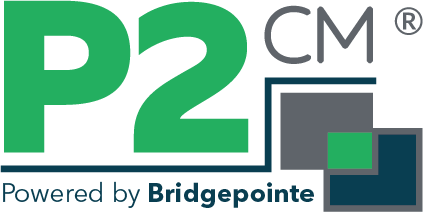Business owners may try to drive profits in many creative ways. If you look at each situation broadly, the tactic boils down to one of the following:
- Increasing the price you charge for your products/services while maintaining sales volume.
- Increasing the sales of your product/service at the same cost per unit.
- Reducing your costs.
In most industries, the first solution is hard to achieve and often not possible due to competitors whose entire strategy is linked to being the high volume/low-cost provider of a product or service (think Southwest Airlines or Ikea). While this plan may be able to work in certain markets or even universally during the short-term, it is not a sustainable long-term solution. Inevitably competitors will be drawn in by your high margin returns. Unless you are offering a niche or luxury product, higher prices per unit usually result in decreased overall sales volumes. That means you will not only fail to increase profits, but your net revenue may actually decrease.
Of course, you could always just sell more. Well, if increasing sales were as simple as “wishing it to happen”, then everyone would jump on board with solution #2 and they would be growing profits continuously! Unfortunately, even if wishing for sales growth were possible, it would eventually lead to market saturation or over supply of that product or service. Thus, resulting in decreased demand and yielding an infeasible long-term strategy. Achieving a consistent increase in sales usually requires increased costs (more reps, more advertising, more warehouse/office/manufacturing space or additional commissions/bonuses to your sales staff), meaning that even an increase in sales does not guarantee an increase in profitability.
That leaves the final solution of reducing your costs, which brings along its own set of challenges. Ironically, the biggest challenges to cost reduction are internal. There are the challenges of limited internal expertise, lack of initiative (‘it’s not my money”) and Decision Makers finding themselves blinded by vendor loyalty. There is also the challenge of overcoming the egos and fears of employees; overcoming the thought that “we do this internally,” “we have already looked at that area,” “we’ve always done it this way,” or the fear of retribution by Management of substantial savings actually being found by an outsourced organization. Often companies who lack formal Procurement Policies in place are challenged the most. Still, reducing costs is the most achievable and sustainable of the three solutions to increasing your profits. If cost reduction efforts are practiced internally and coupled with oversight by independent advisors or consultants with spend-specific expertise, you can’t lose.
Bottom line: Unless you are in the business of providing a niche service or luxury item, your best bet to increase your profits is to reduce your costs.
Working with an outside firm, which specializes in cost reduction, can help your team work through whatever the challenges may be within your company to increase the cost reductions that are available. Cost reduction is the only sustainable solution to your long-term profitability goal. As a matter of fact, it is the only option where external market forces do not determine the outcome of your efforts.
If you’d like to reduce your telecom costs, P2CM can help! Contact us at (703) 939-8240 or sales@p2cm.com to learn more.

